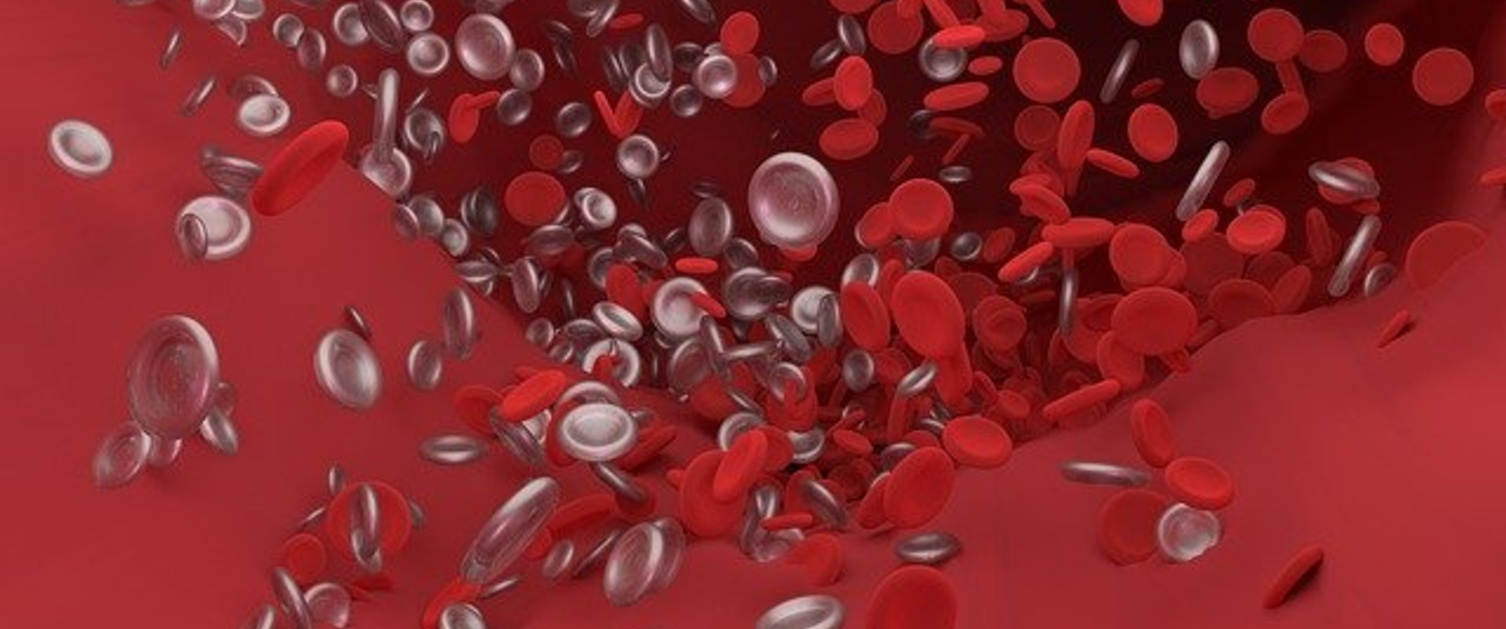Deep Vein Thrombosis

Deep Vein Thrombosis (DVT) is a blood clot within a vein. The most common type of DVT is in the leg. If a DVT forms in the leg it can cause swelling in the leg, which can be distressing.
A major concern is that someone with a DVT may develop a Pulmonary Embolus (PE). This happens when a part of the blood clot (embolus) breaks off and travels up the veins through the heart and into the lungs. The clot can then become lodged in the arteries in the lung and block circulation; this can cause breathing difficulties, chest pains, and in a small number of cases may be life threatening.
What causes a deep vein thrombosis?
In the UK every year up to one in every thousand people are affected by DVT. Many of the people who develop DVT are in, or have recently been in hospital.
One of the main causes of DVT is immobility. This is because the blood circulating through the leg veins relies on leg muscle contraction to propel it up the leg.
If a person isn’t moving their legs and contracting their muscles, their blood flow becomes sluggish and this can result in blood clots forming.
This is an important factor when considering why people who come into hospital are at an increased risk of DVT. When you are in hospital and unwell you will often spend long periods in bed or sitting in a chair. Unfortunately, this immobility creates the ideal conditions in which a blood clot can form.
Rydym yn croesawu galwadau ffôn yn Gymraeg, Saesneg a Iaith Arwyddion Prydain (BSL) via SignVideo.
We welcome phone calls in Welsh, English and British Sign Language (BSL) via SignVideo.